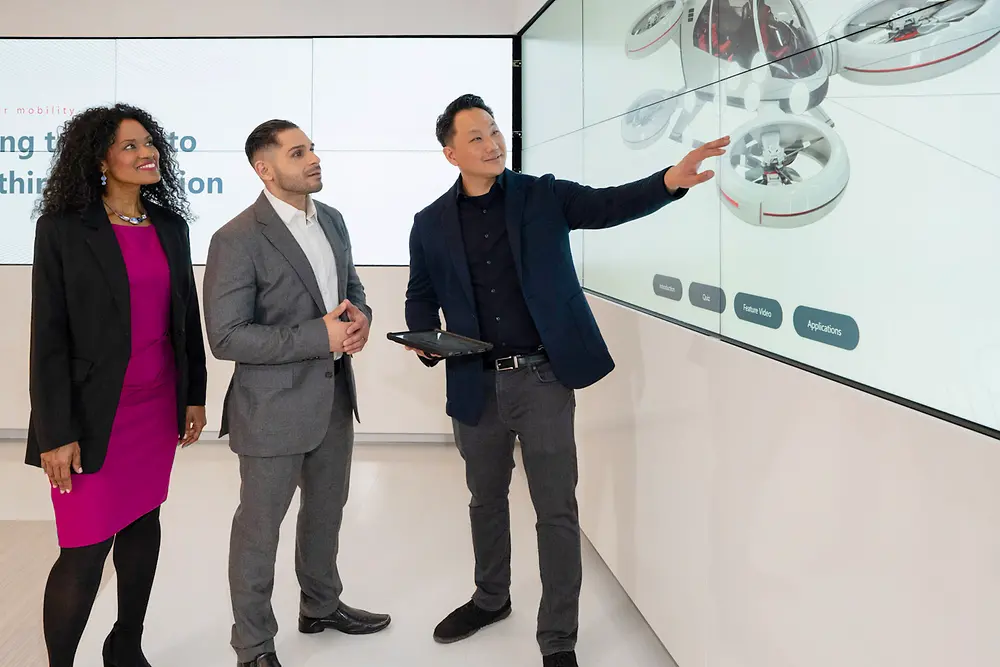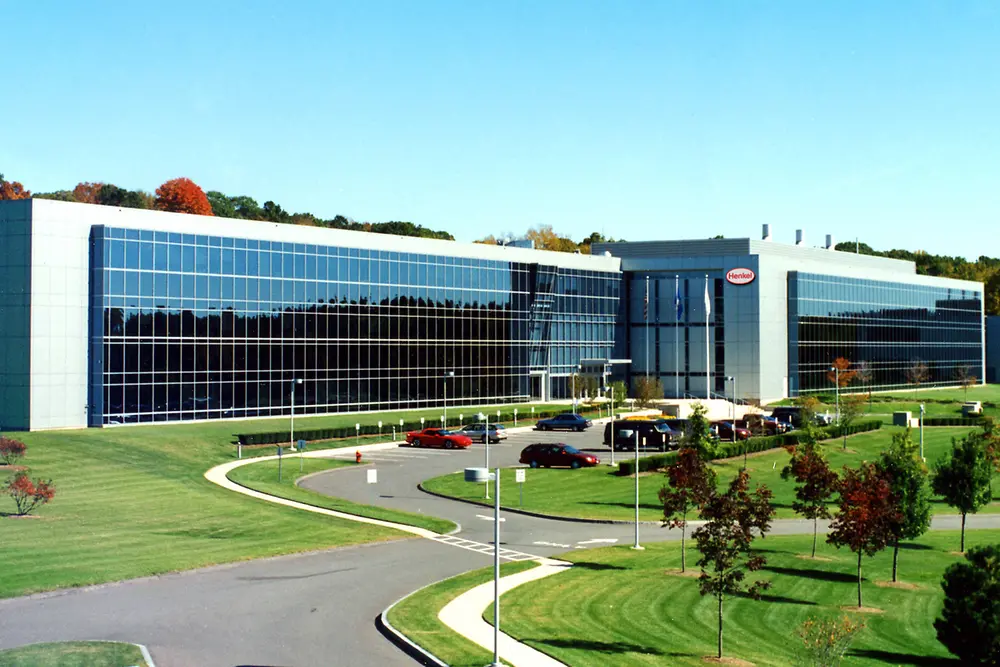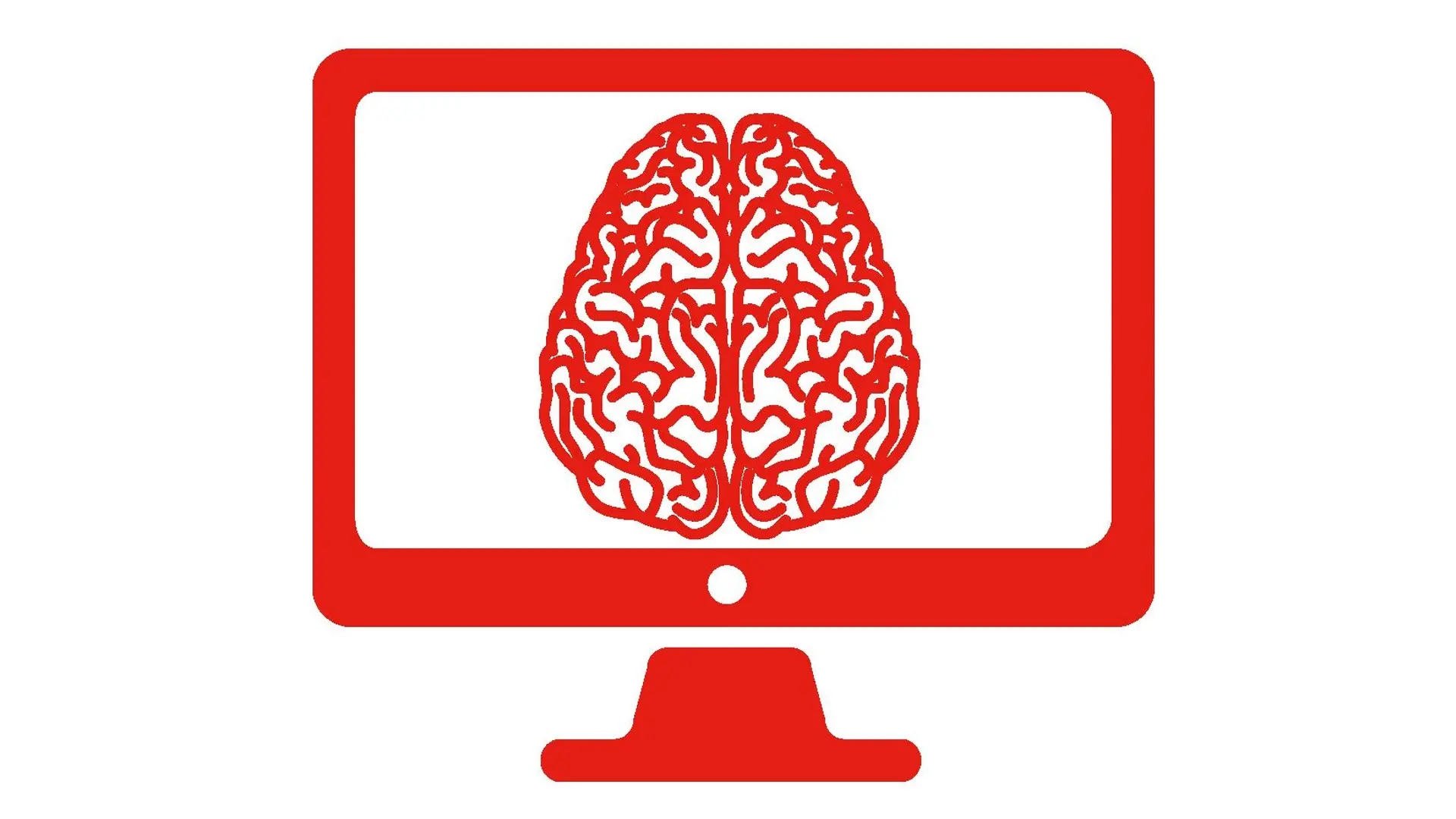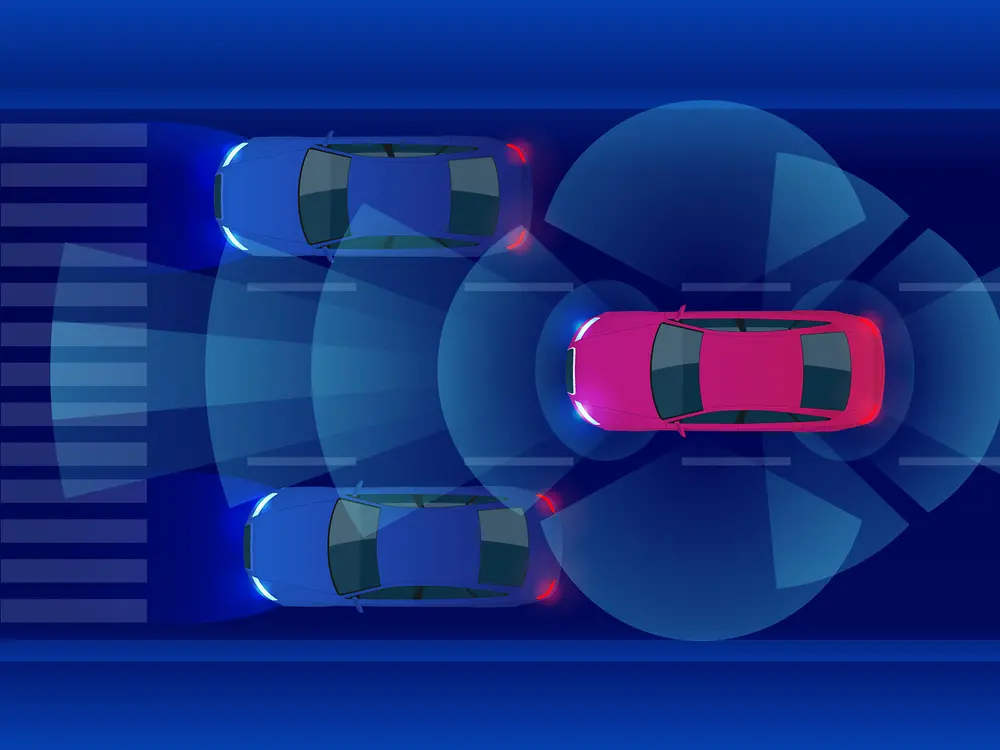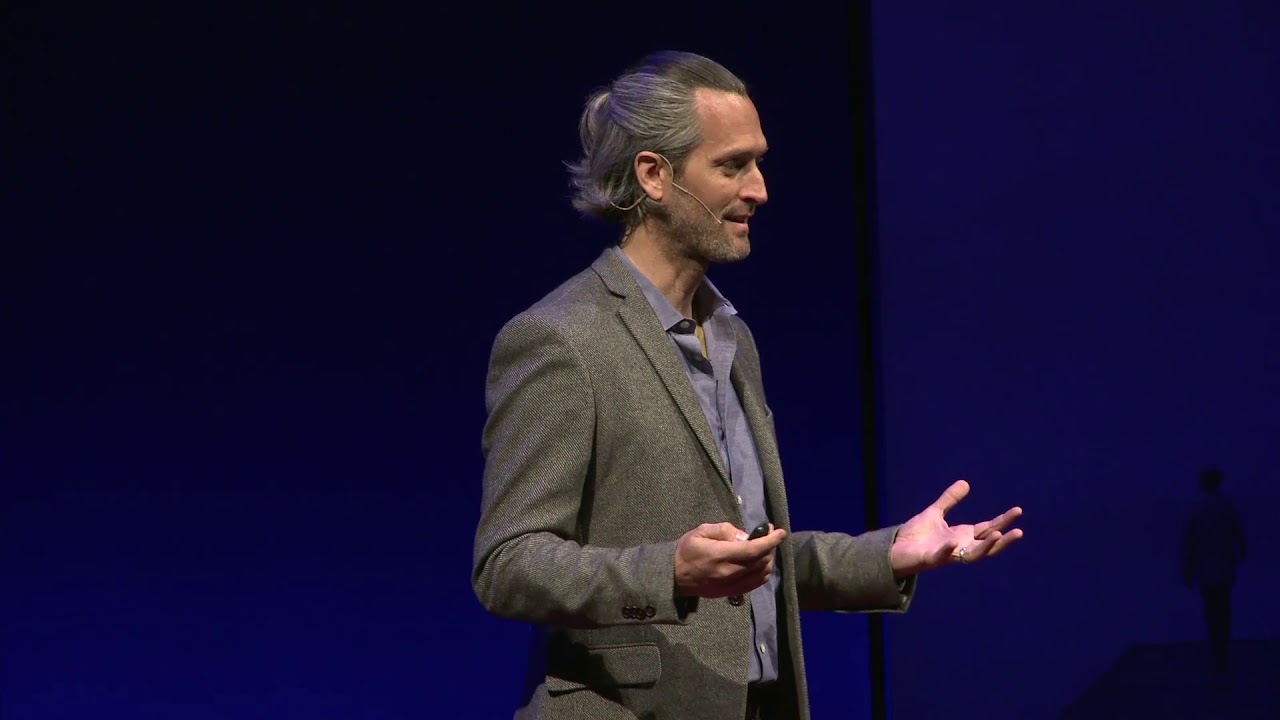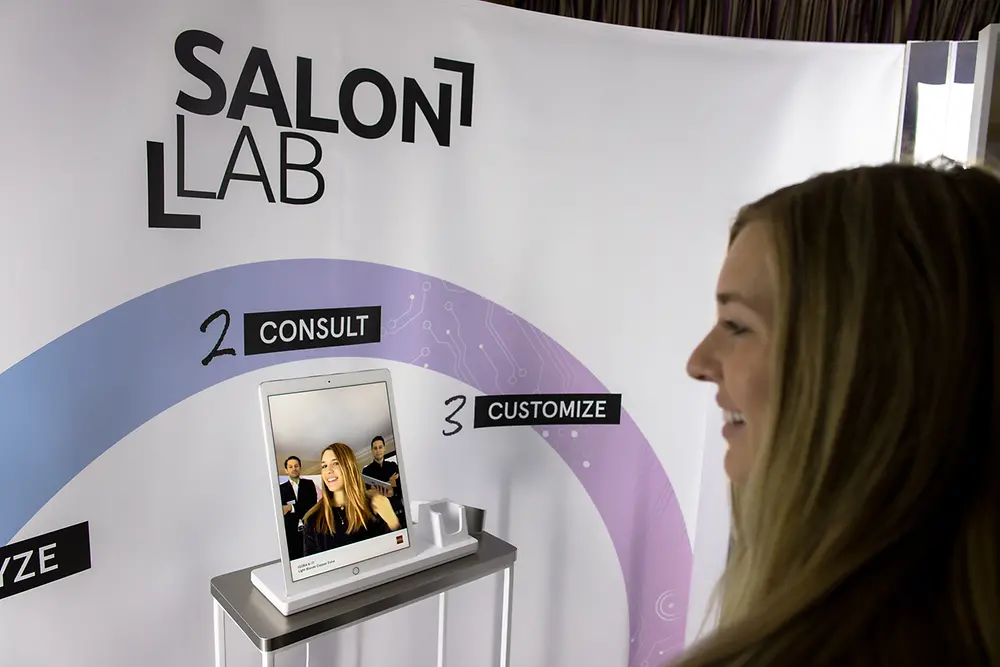Do you remember the fairy tale of Hansel and Gretel? To avoid getting lost in the woods, they left a trail of white pebbles behind. With each search on the internet, each GPS activation on the phone, each like and friend connection on Social Media, we leave a trail of data behind. And that is what AI feeds on. Like with most “new” things, people tend to get worried when they hear the term Artificial Intelligence and its implications. When the industrial revolution came, people thought they would lose their jobs to machines. Now that machines can learn, people fear for their jobs once again. But Artificial Intelligence is not here to replace humans. It can strengthen our abilities, improve the products we already use, and make our lives more convenient. Here’s how:
For humans, it is very easy to understand the contents of an image. Imagine you just learned what a cat looks like. You will recognize cats no matter in what shape, size, color or pose they come in. For a machine the task is more challenging. All the computer sees are numbers. In this case, normal software would fail, which is where Artificial Intelligence comes in. This is how it works:
“Artificial Intelligence (AI) is the ability of a machine to copy the way our brain processes information – by mimicking functions of the human mind, such as learning, reasoning, problem solving and even interacting with the environment,” explains Jan Schäfer, Data Science Engineer at Henkel. “The computer processes data, detects patterns and generates an output through systems that are called algorithms – a sequence of different rules in computer language that solve problems.”
… by analyzing a big amount of data, it “learns” that cats can also have non-pointy ears.
The machine recognizes patterns and replicates behavior. Interestingly, the algorithms are nothing new, but recently, processing power has increased, allowing AI to accelerate. Yet the most important component for a successful AI is data. “I would say 80 percent of the effort to create an AI is to access and get the needed data,” explains Schäfer, one of eight data scientists who supports Henkel’s business units and functions when it comes to AI topics.
One important SalonLab component is the so-called Consultant App, an easy-to-use application that gives users a preview of their future look.
One of Henkel’s AI projects is Schwarzkopf Professional’s SalonLab, an ecosystem for hair salons of the future. “With SalonLab, we are redefining the way both hairdressers and their clients are experiencing beauty in the hair salon,” explains Dr. Nils Daecke, Head of Digital Marketing at Henkel Beauty Care. “At the same time, we are laying the foundation for disruptive, data-driven business models, which build upon consumer insights and hair properties.”
Around 10,000 hair samples were scanned, colored with different Schwarzkopf Professional products in different shades, and scanned again. Thanks to machine learning and the vast amount of scanned input, the computer is able to predict how the customer’s hair will look when a certain product is used. With augmented reality, the SalonLab Consultant App then brings the “output” to life, showing the customer what he or she will look like after using a certain coloration.
When Artificial Intelligence meets the Internet of Things
By using the HomeControl App, users can protect their home against mosquitos wherever they are with the help of smart features which automatically adapt to the consumers’ environment.
AI can become even more powerful when it is combined with other technologies like the Internet of Things (IoT). This term describes inventions which make use of online data and allow us to control devices like radiators, refrigerators or shutters via the internet.
In 2017, Henkel launched HomeControl, the world’s first IoT anti-mosquito device which also uses AI. It enables consumers to protect their home against annoying mosquitos – no matter where they are – by automatically diffusing a substance in the room. HomeControl also includes a special feature: the so-called “Smart Mode.” Innovation Manager Robert Ruiz-Hernandez explains why that is so special: “There are two factors: Our device uses data from its environment that it gets from the user – for example information about the room size or the presence of insects. And it has access to an online weather forecast that includes mosquito density in the specific area.” Based on both sources, Artificial Intelligence calculates the appropriate dose of insecticide to keep mosquitos away.
